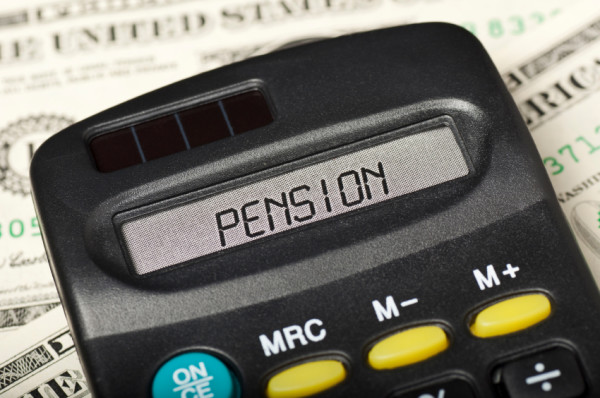

The test was introduced by HM Revenue & Customs on 1 September 2014, and relates to the status of scheme administrators for registered pension schemes.
As such, HM Revenue & Customs may decide not to register a pension scheme if any administrator appears not to be a fit and proper person.
However, the test does not apply to schemes set up prior to September 2014.
Richard Mattison, director at Ssas provider Whitehall Group, is leading the calls for HMRC to apply the rules retrospectively.
"I don’t think it's been imposed correctly because what [HMRC] said is that any existing scheme could be deemed to be fit and proper until it is decided they are not, which means any existing scheme administrator is already through the door.
"They are already deemed to be fit and proper, even though they might not be."
This follows industry figures earlier this month calling on the government and HM Revenue & Customs to bring back pensioneer trustees to regulate small self-administered schemes, a move The Pension Regulator admitted would help stave off scammers.
Mr Mattison added that between A Day, on which pensioneer trustees were abolished in April 2006, and now a whole range of scheme administrators will have registered themselves with the revenue to operate pension schemes.
"Of those scheme administrators a number of them will either be do-it-yourself schemes, or a number of them will be schemes set up to mis-sell investments.
"If we go back all over the list of registered scheme administrators – who they are and what do they do, you might well find a number that are not fit and proper."
Neil MacGillivray, head of technical support at James Hay Partnership, said the fit and proper test as it stands has made a "big difference".
He said: "The revenue are vetting schemes before they are allowed to become registered schemes, and there has been a massive reduction in the number of schemes that are registered because there were so many ones being opened for pension liberation.
"Unfortunately Ssas is viewed very unfairly. It is very much (viewed) as something that has been tarnished with what has happened but Ssas before liberation has got a long and reasonably safe history."
He added the problems have "only come in of late", following the tightening up of regulation on the self-invested personal pension market, therefore the regulator can act more quickly.
"The problem is they’ve gone from Sipp to Ssas and now Ssas is tightening up and its harder, so all the fraudsters are focusing on pension freedoms now."
Rupert Curtis, chief executive of Curtis Banks, said: "My instinctive view would be that this ought to be applied retrospectively, as there must be a very large number of existing Ssas where the competency of the administrators may be questionable."
A spokesperson for HM Revenue & Customs said: "Since September 2014, HMRC will refuse to register a scheme or can de-register an existing scheme where we believe the person who is the scheme administrator is not a fit and proper person to undertake that role."
ruth.gillbe@ft.com



